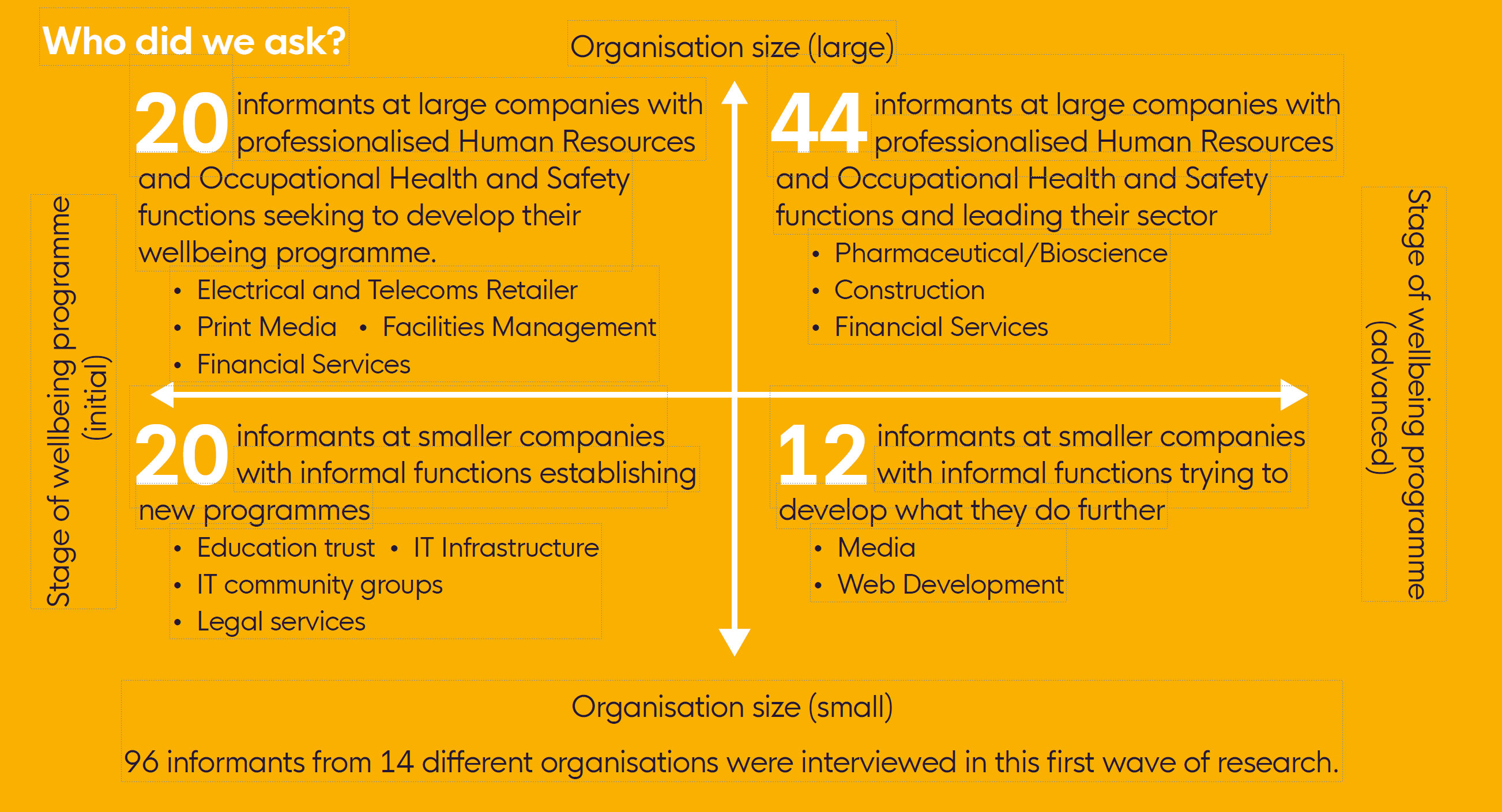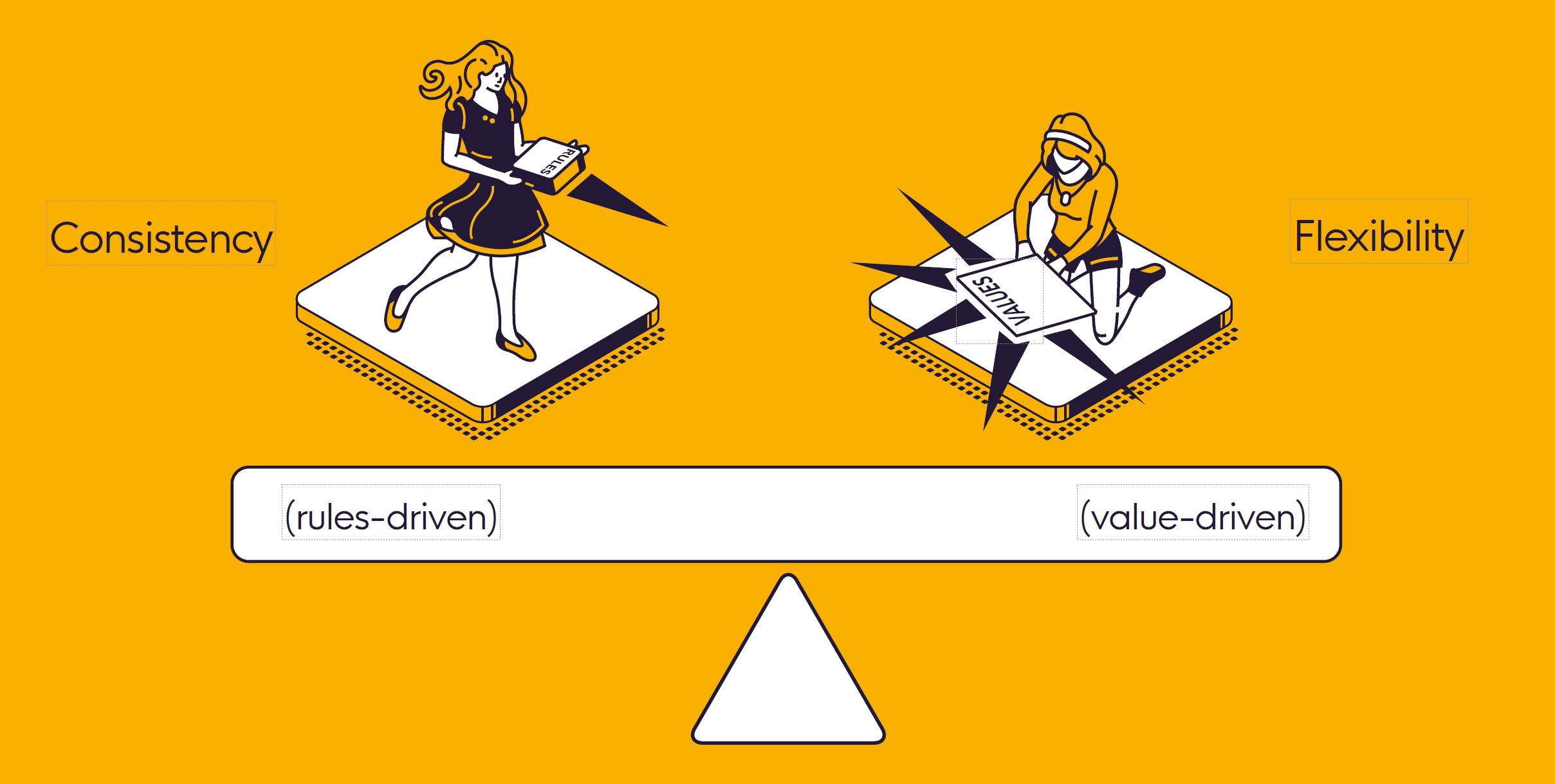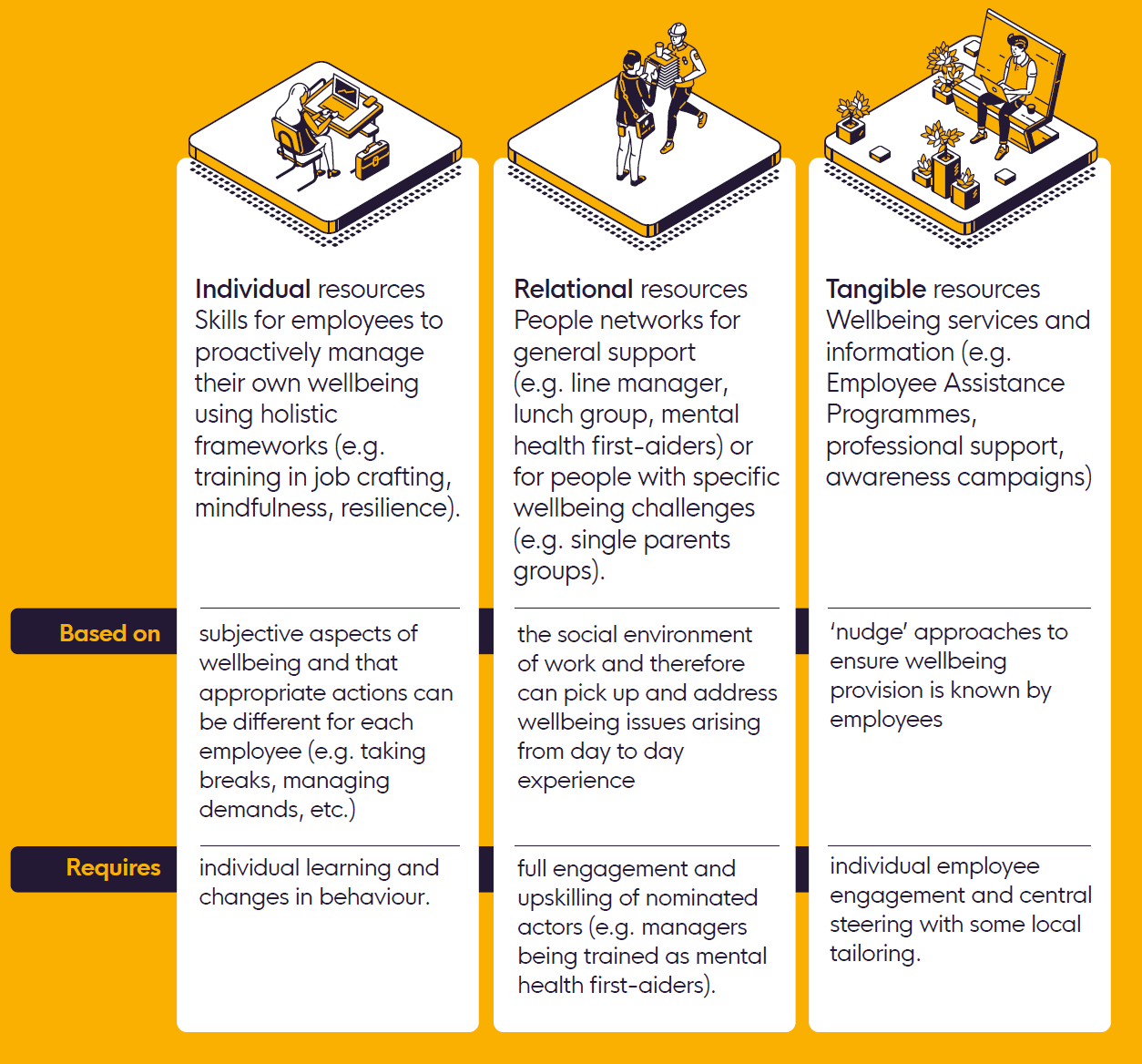Adopting joint productive and healthy workplace practices: What impacts success?
Downloads

What’s the best way to improve workplace wellbeing?
Business owners, managers, employees, occupational health and human resources professionals grapple with this question, and may come up with very different solutions. This can lead to tension.
Organisational wellbeing initiatives may be reactive and patchy instead of proactive and comprehensive. This means they are likely to be less sustainable: they could be derailed by external shocks, such as the current Covid-19 crisis.
What does success look like in an organisation?
- Quality jobs
- Good management
- Supportive social relationships
- Health and wellbeing promotion
- High productivity
Many initiatives can improve working conditions. What makes the real difference: how organisations address different concerns, and not just the response itself.
We asked organisations of different sizes and with ongoing wellbeing initiatives, what they have done to effectively implement them.

1. Balancing consistency and flexibility in a dynamic way

Consistency
- Formally adopt the programme through rules and procedures. These set out the parameters of what wellbeing is, and how to achieve it.
- Prioritises structures
- Balance tends to lean this way for large organisations
- Advantages: standardisation of wellbeing practices evens out potential inequalities (e.g. between gender, ethnic minorities, parents, disabled workers, and so on
- Risks: de-personalisation makes it harder to engage employees, integrate their views and adapt to changing wellbeing issues, therefore learning mechanisms are very important.
Flexibility
- Informally adopt the programme through role-modelling and values, which creates a fluid and shared wellbeing culture.
- Prioritises agency.
- Balance tends this way for small organisations.
- Advantages: employees feed back and learning is tacit and organic, making the organisation more responsive to changing wellbeing issues and therefore more resilient.
- Risks: as an organisation grows and diversifies, it becomes harder to create shared understanding, opening the possibility of inequalities, therefore requires open, supportive and inclusive culture.
In your organisation
- What do rules and procedures look like?
- What do values and culture look like?
- Are all elements of the business consistent in their wellbeing approach?
- What flexibility exists to adapt to changing wellbeing priorities?
- What is the appropriate balance in your organisation?
2. Providing combined resources for wellbeing

In your organisation
- What individual resources can you provide?
- Are you aware of how individuals experience wellbeing issues that need addressing?
- What relational resources can you provide?
- How are those responsible for delivering relational resources supported in their roles?
- What tangible resources can you provide?
How can you ensure these resources are used and are impactful?
3. Engaged actors to help make sure resources are used

In your organisation
- Who are your catalysts?
- Are there any influencers who might counter or undermine the purpose of the catalysts?
- Who would be your practitioners?
- Are there gaps in their knowledge or areas of provision?
- Who would be your agents?
- How will you or the wider workforce identify these people?
- Are there clear roles and supports for each group?
How do these three actions help an organisation’s adaptation to external shocks?
- Organisations investing in people and wellbeing are likely to be already undertaking these actions, even if not as part of a ‘wellbeing programme’.
- Yet, it is necessary to bring these elements together and develop a strategic understanding of how sustainable wellbeing is achieved and its relationship to productivity.
- Communicating this understanding transparently to employees gives them a sense of the balance between wellbeing and productivity and demonstrates an organization’s authenticity in supporting wellbeing.
![]()
[gravityform id=1 title=true description=true ajax=true tabindex=49]


